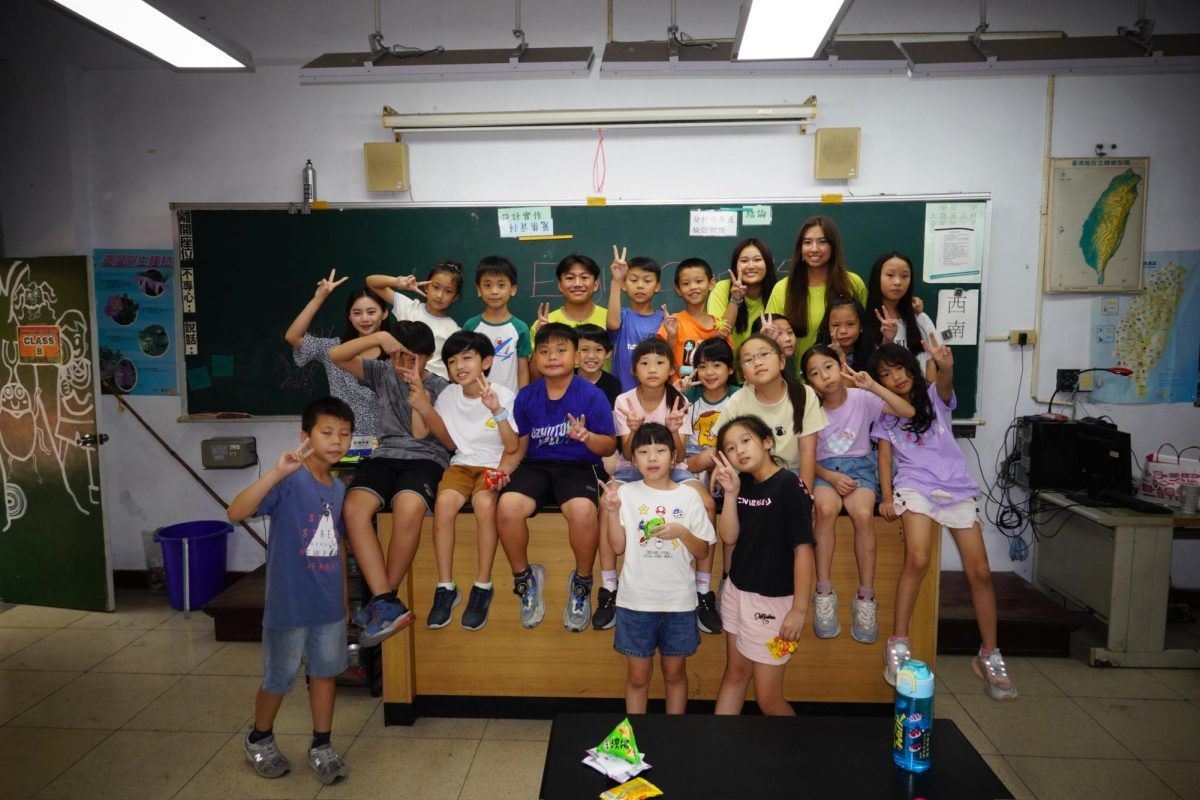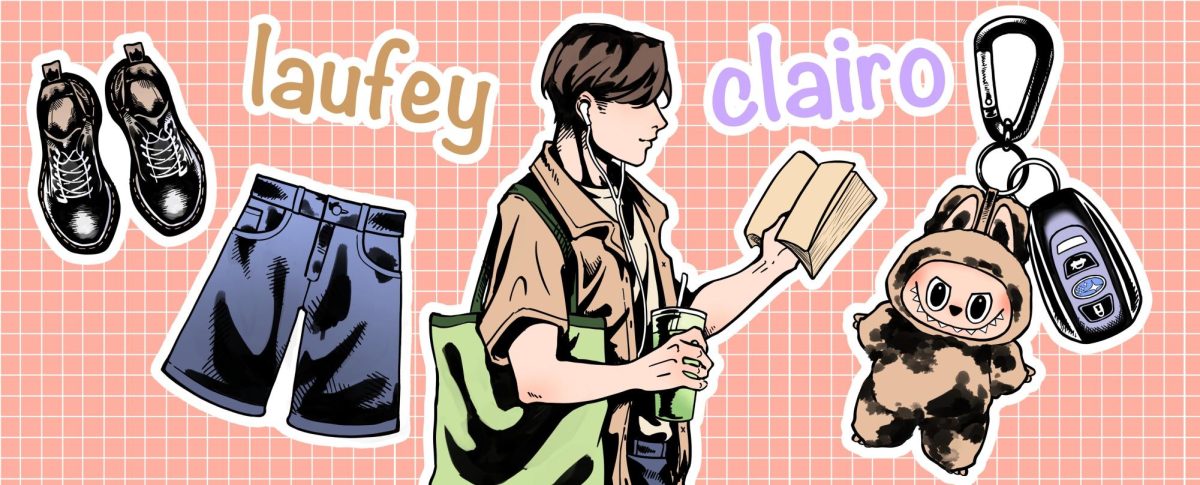By Raima Saha, Co-Opinion Editor
With the advent of 5G networks, new vaccines and ChatGPT, it seems as if science, technology, engineering and math, or STEM, is at the forefront of our lives. Education has come to reflect that shift: at Conestoga, there are a plethora of STEM courses available as early as freshman year, from Mechanical and Electrical Engineering to Coding and much more.
One of the most obvious benefits of STEM is that it promotes critical thinking and problem-solving skills. Whether it be through completing a real-world applications lab or finally debugging your code, students sharpen their ability to troubleshoot errors while deepening their understanding of the material, helping to build resilience and confidence in their abilities that can be used elsewhere.
Furthermore, STEM job prospects have never looked more promising. According to the U.S. Department of Labor Statistics, there were 10 million workers in STEM jobs, a figure that is projected to grow by more than 10% in 2031, almost double those of all other occupations. The STEM field is growing, and early exposure gives students an edge if they choose to pursue that field in the future.
Whatever paths students may take post-high school, skills learned from these courses prepare and equip them for the fast-paced, ever-evolving world that awaits them. Innovations are constantly on the rise, meaning the need for education that reflects that same adaptability and applicability has never been greater.
Many argue that a well-balanced subject variety is necessary for the best education possible. While it may feel like STEM may be pushing the arts and humanities out of the limelight, it instead incorporates these subjects in ways never seen before. Creativity found in the arts is vital for the innovative thinking that most STEM classes require, and the ability to write and communicate ideas clearly, skills that the humanities call for, are just as necessary in STEM.
Instead of having one or the other, schools should look to implement a STREAM curriculum, where the “R” and the “A” for reading and art respectively. This combines aspects of STEM and humanities to provide a well-rounded curriculum. According to Dr. Michael Daugherty, a professor of STEM Education at the University of Arkansas, the arts, which use the right side of the brain, can improve cognition in the left side of the brain and bring about more innovative thinking and creativity.
It is clear that STEM is not going anywhere, so instead of resisting the change, embrace the widespread influence of STEM with open arms. As such, schools should continue to expand STEM curriculum as students today will become the innovators of tomorrow, making the world a better and brighter place one creation at a time.
Raima Saha can be reached at [email protected].






















































































